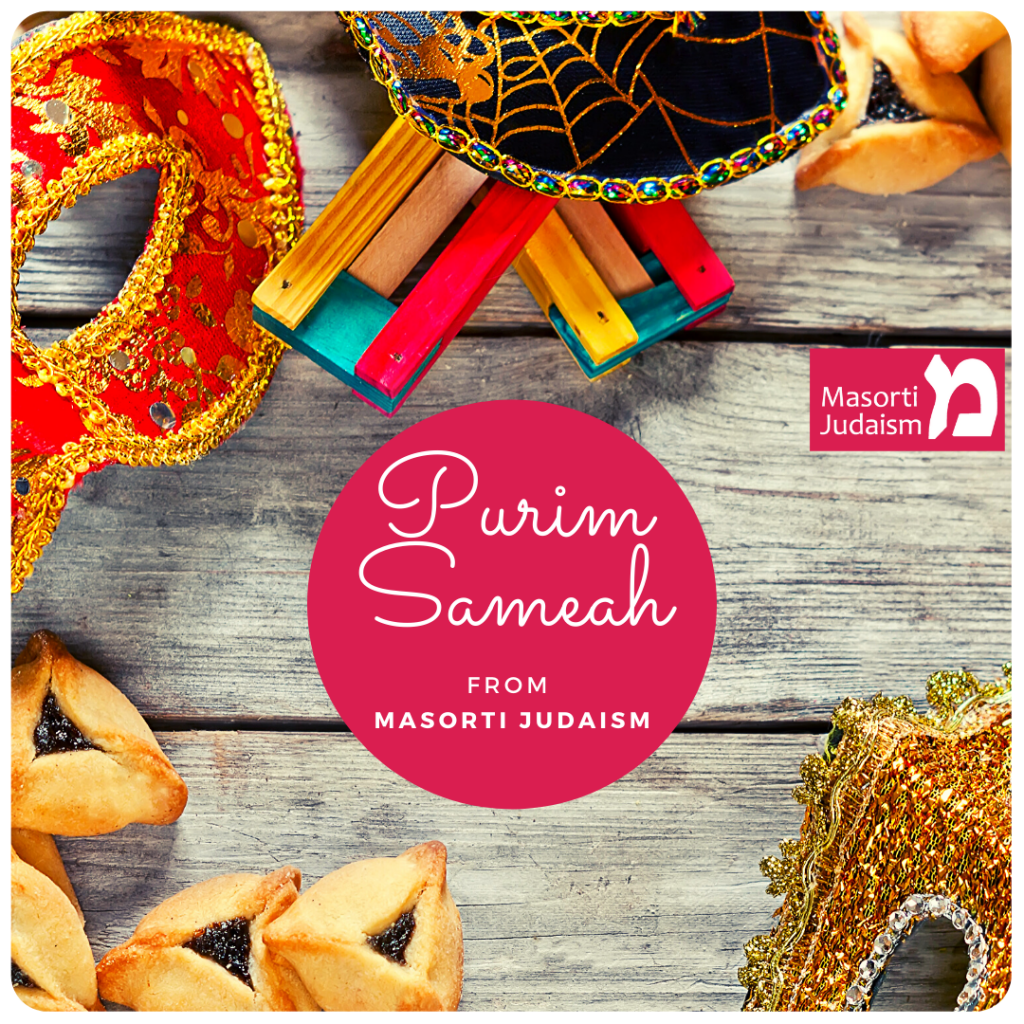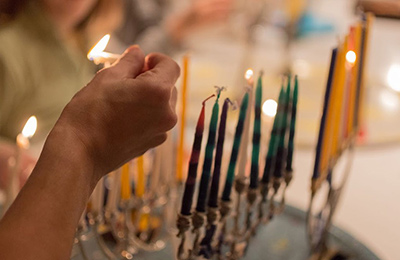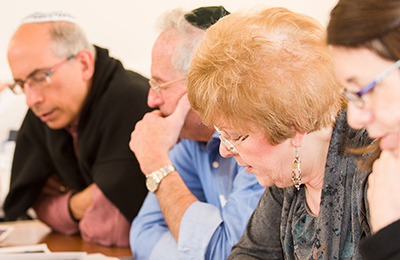Rabbi Jonathan’s Purim Message


In a time of anxiety, it is more important than ever to wish each other a good Purim.
A brilliant, subtle and disturbing tale of identity politics and cunning, the story of the Megillah embodies the faith that racism, antisemitism and hatred will not triumph and that the world will again have leaders who send out letters of emet and shalom, truth and peace to every province and in every language.
Across history Jewish communities have celebrated Purim amidst grave threats, knowing that survival depends on deft and courageous leadership, on successfully playing off the interests of more powerful actors, on good fortune and on faith. A key message of Purim is ‘mir seinen da’: – we’re still here, to celebrate and enjoy another day.
That’s why two of the key practices of Purim focus on generosity, on working to create a more compassionate reality.
We are commanded to give mattanot la’evyonim, gifts to the poor. Because both words are plural, we should give at least two gifts to two different individuals or groups. The Mishnah Berurah (late C19th commentary to the classic 16th century code of Jewish law, the Shulchan Aruch) comments that ‘it is better to give much to the poor than it is to spend greatly on one’s Purim feast or in giving gifts to one’s friends, because there is no greater happiness than causing the hearts of the poor to rejoice’. In many places it was also customary to give to the local poor, whether Jewish or non-Jewish, and to bring gifts to neighbours ‘for the sake of the ways of peace’. (See below for the groups for whom our community is collecting this year.)
We are also asked to send mishloach manot ish lere’ehu, ‘parcels of food to one another’. It’s fun to prepare baskets of food and treats, both for friends and for people we may not yet know. It’s a way of including in our Purim celebrations those who may be frail or caring for others who are unwell. Some communities also do this collectively, using the money they raise for charity.
It’s traditional to dress up on Purim. This is because the Megillah describes a world of appearances, of seeming and pretence. It’s also an ‘upside down world – nahafoch hu’ in which who’s who and who’s up or down changes in a moment. Perhaps it’s also a caution against judging others only by appearances and the labels we wear. Underneath both the richest and the simplest of garment, royal robes or sackcloth, we are all people, – a reality we still struggle to recognise.
The afternoon of Purim day is the time for the Purim Se’udah, the celebration feast. Traditional foods include pulses (less widely eaten on Purim today) because Esther and Mordechai avoided Achashverosh’s unkosher foods and Daniel ate vegan in the court of Nebuchadnezzar in Babylon. More popular are Purim challot made with raisins inside and hundreds-and-thousands all over, Hamantaschen and (Fairtrade!) chocolate.
Wishing everyone Purim Sameach,
Jonathan Wittenberg



